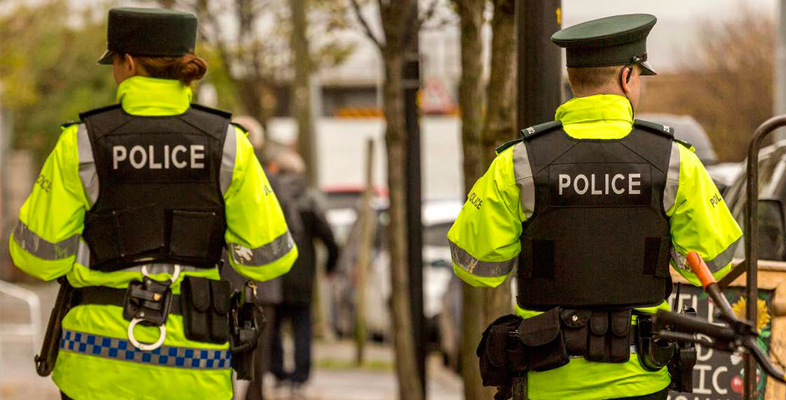4 Identifying vulnerability
4.1 The importance of identifying vulnerability in community policing
Speaking at the November 2016 conference of the College of Policing, College CEO, Chief Constable Alex Marshall, asserted that ‘Vulnerability is a priority for everyone in policing and it is important that we protect the most vulnerable in society and the officers and staff carrying out this essential work’
But what is vulnerability? While there are many working definitions the one most commonly referred to comes from the 1997 Who Decides? report. In that report a vulnerable adult is defined as a person…
who is or may be in need of community care services by reason of mental or other disability, age or illness and who is or may be unable to take care of him or herself, or unable to protect him or herself against significant harm or exploitation.
When it comes to children, definitions of vulnerability are similarly diverse and often vary depending on the context of application. A more ‘plain English’ description is given by the Child and Maternity Health Observatory:
A vulnerable child… is one who is not within the social care system, but where there are warning signals that the child is becoming at risk of harm. The child and his or her family is likely to be receiving help from one or more agencies, and while no single agency has identified a significant risk to the child, when information from all agencies is pooled, the picture that emerges indicates that there are many factors having a negative impact on the child. While inter-agency data sharing to resolve child protection concerns is established, data sharing to identify these children who are earlier on in the process tends not to happen routinely in a similar way.
Police officers, social workers and other community-based professionals may have to use their professional judgement to intervene in people’s lives. One of the reasons is because an individual may be deemed vulnerable in some way and may even need some decisions made on his or her behalf. It is important to note that this idea of ‘vulnerability’ is often challenged by people using services and groups representing them – on the basis that this term does not acknowledge people’s strengths and emphasises only one negative aspect of their lives.
Activity 6 Identifying vulnerability in your community: At risk groups and behaviours
As highlighted by the definitions above, one challenge when discussing ‘vulnerability’ is recognising who exactly is vulnerable and the indicative behaviours.
Think about who you would include under the category of ‘vulnerable people’ in the community in which you live or work, and why. You may be able to draw upon your own work experience, or your experiences of receiving services.
Discussion
Those involved in community safety work will inevitably find themselves working with a range of groups who may be categorised as vulnerable, including children, older people, people with physical, mental or learning impairments, people who are unwell or caring for dependents, people who have drug or alcohol problems, and offenders.
This is quite a lengthy list, but does this mean that they are ‘vulnerable’? This question is difficult to answer partly because of the different ways in which the word ‘vulnerable’ is understood. Does it, for example, include people who, despite being able to understand their needs and make decisions for themselves, would be at risk of physical or emotional harm if they did not receive services? To what extent do you think that vulnerability is simply the result of social disadvantage or lack of opportunity?
